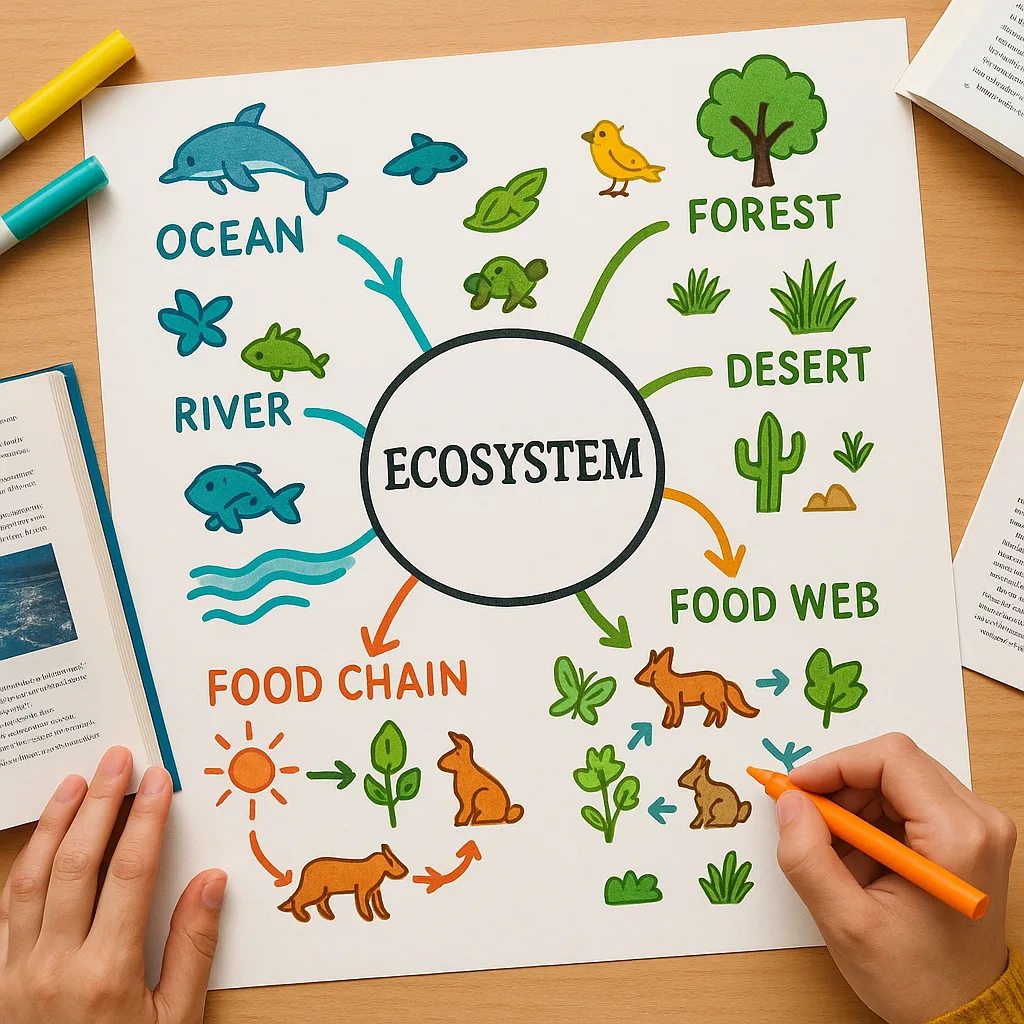Visual Note-Taking Posters for Student Success
Picture this: Your 7th graders walk into class, grab their supplies, and immediately start sketching colorful diagrams, doodling key concepts, and creating visual hierarchies that make complex ideas stick. This isn’t just doodling—it’s the power of visual note-taking, and when combined with a poster maker machine for school visual notes, it becomes a game-changing study strategy that transforms how students process and retain information.
Why Visual Note-Taking is the Ultimate #MetacognitionBoost
Let’s talk about the science behind this trend. Research shows that combining visual and verbal information activates multiple neural pathways, leading to 65% better retention compared to text-only notes. When students create their own visual study aids, they’re not just copying information—they’re actively constructing knowledge, making connections, and developing what we call visual literacy.
In fact, the dual coding theory suggests that our brains process visual and verbal information through separate channels. Therefore, when students create poster-sized visual notes using banner printing machines like our Amplify Poster Maker, they’re essentially doubling their learning power. Moreover, these large-format visuals serve as constant environmental reinforcement, turning classroom walls into interactive learning landscapes.

Poster Maker Machine for School Visual Notes: Your Implementation Roadmap
Here’s where the magic happens. Instead of keeping visual notes confined to notebooks, we’re going big—literally. Using a poster maker machine for school projects transforms individual study aids into collaborative learning tools that benefit the entire class.
Week 1: Foundation Building
Monday: Introduce visual vocabulary. Students learn basic symbols, connectors, and containers. Practice with simple concepts like “photosynthesis” or “democracy.”
Tuesday-Wednesday: Explore color psychology. Teach how warm colors grab attention while cool colors provide calm backgrounds. Students create personal color keys.
Thursday-Friday: Digital meets analog. Students use tablets or computers to draft designs, then select the best ones for poster printing. This bridges #EdTech with traditional visual learning.
Week 2: Skill Development
Monday-Tuesday: Introduce mind mapping for chapter summaries. Students work in pairs to create visual representations of recent lessons.
Wednesday: Peer review session. Groups rotate to provide feedback using our “2 Stars and a Wish” protocol—two things they love, one suggestion for improvement.
Thursday-Friday: First poster creation! Students finalize their designs and use the school’s poster printing equipment to produce 24″ x 36″ study aids.
of students report better test scores after creating visual study posters
Lesson Plan Spotlight: Creating Subject-Specific Visual Posters

Transform notes into gallery-worthy study aids with the Campus Pro 44
Science: Ecosystem Mind Maps
Students create interconnected webs showing relationships between organisms. Furthermore, they use arrows to show energy flow and color coding for different trophic levels. The large format of banner printing machines allows for detailed illustrations that wouldn’t fit in notebooks.
History: Timeline Posters
Visual timelines with illustrations, symbols, and color-coded eras. Students add personal connections and modern parallels. Additionally, QR codes link to student-created videos explaining key events.
Formula sheets become visual adventures! Students illustrate word problems, create flowcharts for multi-step equations, and design geometric art that demonstrates concepts. The cost-effective printing means every unit can have its own poster gallery.
Assessment Strategies for Visual Learning
How do we know if visual note-taking is working? Here’s where #DataDrivenInstruction meets creative expression. Instead of traditional tests, consider these alternative assessments that honor different learning styles while maintaining rigor.
Visual note-takers show 3x better concept understanding
Student participation in visual projects
Information retained after 2 weeks
Average test score increase
Troubleshooting Common Challenges
Let’s be real—not every student will immediately embrace visual note-taking. Here’s how to address common roadblocks while maintaining that #GrowthMindset energy we love.
Next Steps: Building Your Visual Learning Community
The journey doesn’t end with individual posters. Subsequently, consider these expansion ideas that leverage your poster maker machine for school visual notes to create a campus-wide culture of visual learning.
Cross-Curricular Collaboration: Partner with other departments to create interdisciplinary visual notes. For example, combine history and English for literature timeline posters, or merge science and math for data visualization projects.
Student Exhibition Nights: Host quarterly showcases where students present their visual study aids to parents and community members. The large-format posters created with professional poster makers make impressive displays that celebrate student learning.
Digital Portfolio Integration: While the physical posters serve as classroom resources, students can photograph their work for digital portfolios. This dual approach supports both #BlendedLearning and college readiness initiatives.
Remember, visual note-taking isn’t just another educational trend—it’s a research-backed strategy that honors diverse learning styles while building essential 21st-century skills. Therefore, when we empower students to create their own learning materials, we’re not just teaching content; we’re developing creative thinkers, visual communicators, and self-directed learners.
Ready to see the transformation in your classroom? Start small with one unit, gather student feedback, and watch as visual thinking becomes second nature. Your walls—and your students’ minds—will never be the same! #VisualLearning #StudentAgency #EdTechIntegration
Want to learn more about implementing visual learning in your school? Check out our guide to choosing the right poster materials or explore the total cost of ownership for school poster makers. Join the conversation on X using #VisualNoteTaking and share your students’ creations!

